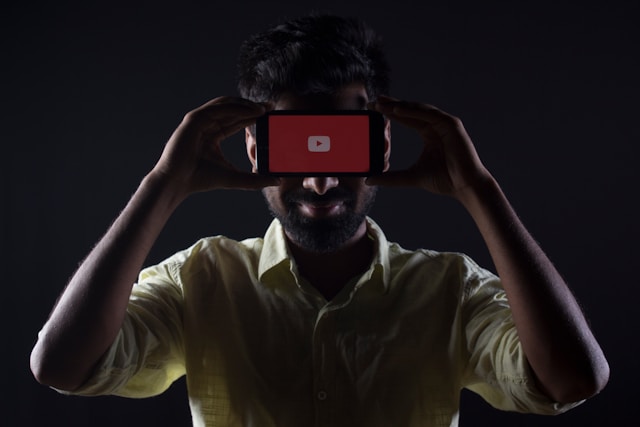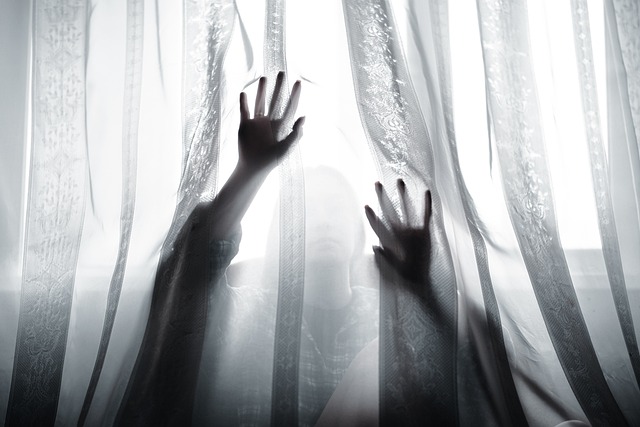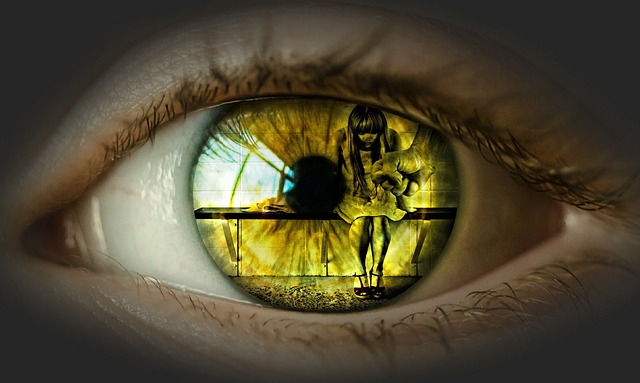Whether on streaming platforms or on television: Crime series and psychological thrillers are audience favorites. Here, the next episode must top the previous one, as viewers should not lose their appetite. This means more murders, more corpses, more drama, more violence – the audience becomes more and more numb with every episode, with every movie.
3…2…1…NEXT EPISODE
As a result of increasing globalization and digitalization, our leisure activities are shifting more and more to screens. Social media, TV and streaming platforms are part of everyday life – we scroll on public transport or turn on a series or movie to relax after a stressful day. According to Statista, Austrians spend around 52 minutes a day watching online videos – for teenagers and young adults, the figure is almost two hours a day. In the top five most used video portals, YouTube is in first place, followed by Netflix, Amazon Prime Video, Disney+ and platforms that offer adult content. The ten most popular and most streamed films on Netflix include action thrillers, horror thrillers, action films, dramas, and comedies – each of which contains fight scenes, guns, and murder.

The situation is similar in the series category – first place goes to Squid Game. This is also reflected when the focus is shifted from global series and films to Austrian ones. Examples here are the SOKO series, Vorstadtweiber or Freud. Scenes containing physical, psychological, sexualized, or sexual violence can be found in almost all genres – even in romantic films or comedies. The more the consumption of these series and films increases, the more numbed the scenes of violence become and the more commonplace they appear. This is particularly evident in the case of sexual and sexualized violence, as the phenomenon of victim blaming is particularly prevalent here.
SEXUAL VS. SEXUALIZED VIOLENCE

There are always scenes in series and films that depict sexualized and sexual violence. But what is the difference between these two types of violence? Sexual violence refers to acts and activities that are carried out in order to enforce the sexual desires of the perpetrator against the will of others. The motive is the sexual interests that are enforced in a (not always obvious) violent manner. The most extreme example of this is rape. In the case of sexualized violence, the focus is on non-sexual interests (such as interests in power) that are to be enforced through sexual or sex-related acts.
This type also excludes a mutual consensus. This can involve different motives and the sexual acts are functionalized – that is, the acts represent the means to an end, where the violence uses sexual means. A common example of this is domestic violence, where one partner uses (sexual) violence to degrade the other partner.
WHAT IS THE “DESENSITIZATION OF VIOLENCE”?
Psychologist Prof. Dr. Barbara Krahé describes desensitization as a process in which the body becomes accustomed to stimuli that initially trigger strong emotional reactions. In relation to violence, confrontation with it triggers the initial reaction of fear, combined with the need to escape the fear-inducing situation. This is because the organism, our body, puts itself on “alert” and thus generates energy to escape from dangerous situations. However, the more often we are exposed to depictions of violence in the media, the weaker this fear response becomes and the better we can “tolerate” violence – we become numb to these scenes and are less shocked when we see them and may even enjoy them.

On an emotional level, the consumption of depictions of violence leads to less sympathy for the victims of violent acts and the assessment of the victim’s experiences is classified as less serious. This assessment is rooted in the fact that the more often a person is exposed to depictions of physical, sexual, and sexualized violence, the more “normal” and commonplace they appear. Examples focusing on sexual and sexualized violence include sexual innuendo, intrusive looks, messages with sexual content or images, sexualized touching, and rape. Desensitization is shown in these moments when these actions are described as flirting, which the recipient should react to more casually, or it even ends in victim blaming. Victim blaming means that the blame and thus the responsibility for the act is shifted from the perpetrator to the victim.
In summary, desensitization is defined as a process of blunting emotionally distressing stimuli, which manifests itself at the level of physical distress, the emotions experienced, and the mental evaluation.
People affected by violence should contact the women’s helpline on 0800 222 555 or the violence protection center on 0800 700 217.
Translated by Emily Schiffer
#SexualViolence #SexualizedViolence #Media #AgainstHumanTrafficking #GegenMenschenHandel #EndExploitation #EndTrafficking #HopeForTheFuture #Austria
